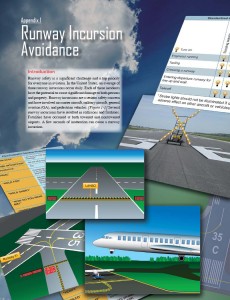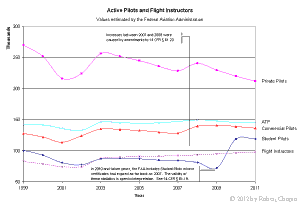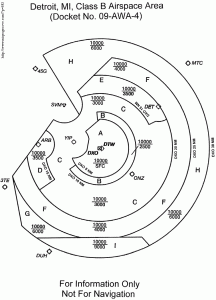 I just learned that the FAA published critical safety procedures back in April pertaining to the new runway incursion avoidance standards for pilot testing. This is a surprise to me because I’ve taken several tests since April. According to FAA Safety Notice NOTC3863, which I recently surfed into, that new information was removed from the public list of notices in August.
I just learned that the FAA published critical safety procedures back in April pertaining to the new runway incursion avoidance standards for pilot testing. This is a surprise to me because I’ve taken several tests since April. According to FAA Safety Notice NOTC3863, which I recently surfed into, that new information was removed from the public list of notices in August.
Here is the critical bit:
A New Chapter has been added to the Pilot’s Handbook of Aeronautical Knowledge (PHAK) entitled, Runway Incursion Avoidance. This chapter, contained in Appendix 1, provides the information pilots will be tested and checked on.
This is where it gets weird. I went to update my copy of the PHAK today, but found the 2008 version is still the latest copy on the FAA website. I had also checked for updates in May, August, and October this year, and only found the 2008 version.
A new chapter has been added to the PHAK. But it hasn’t. To get the new chapter, you have to visit the link above, or download it directly from PHAK Appendix 1. I hope the FAA will notice the problem and update the PHAK information. (The PHAK page was indeed updated on 11 Jan 2013 and now it includes the extra link.)
I will take notes from the new material and include them below. One of the more interesting points is that the runway hold-short position might not be where you think it is!




